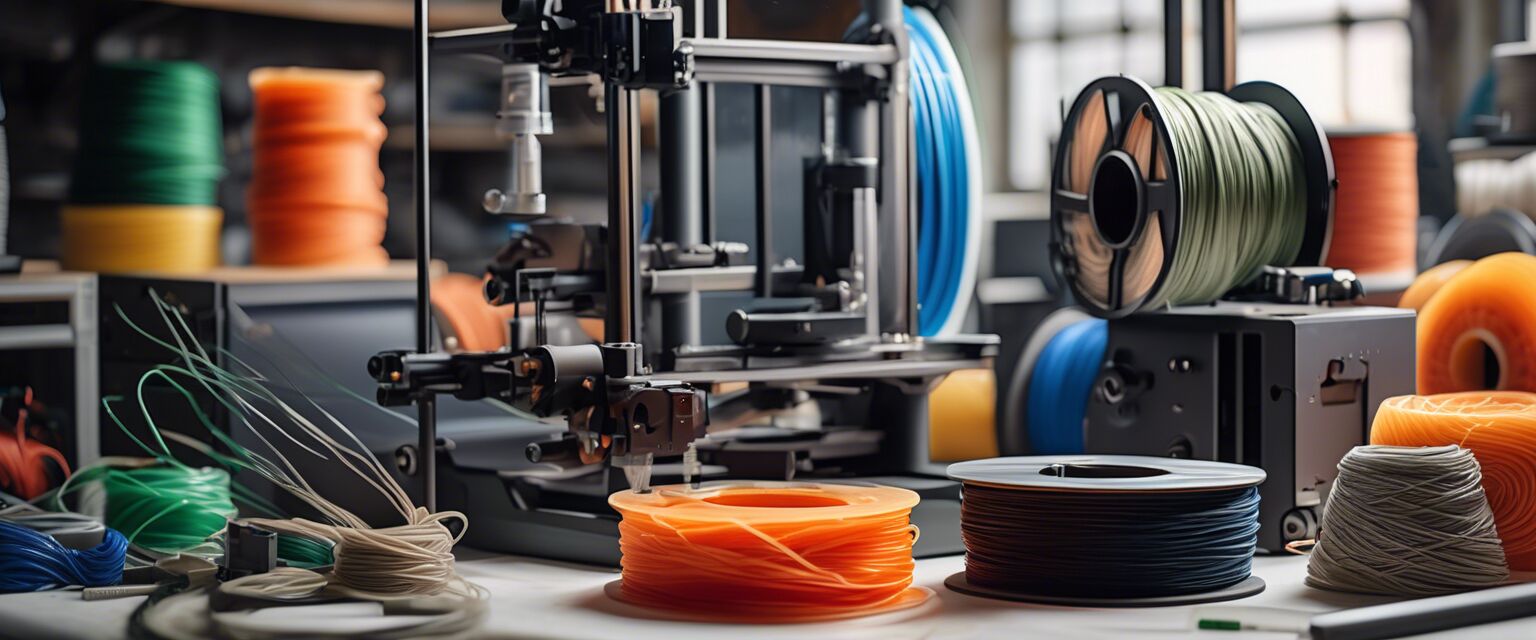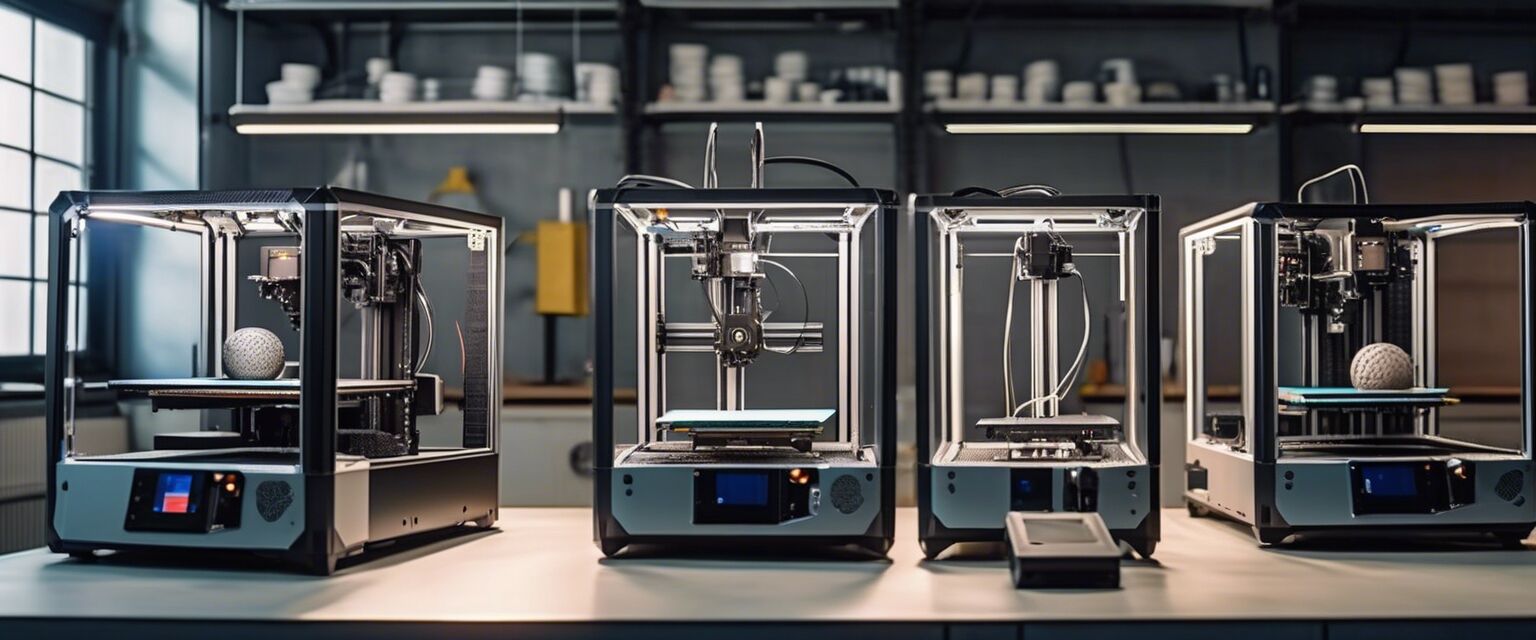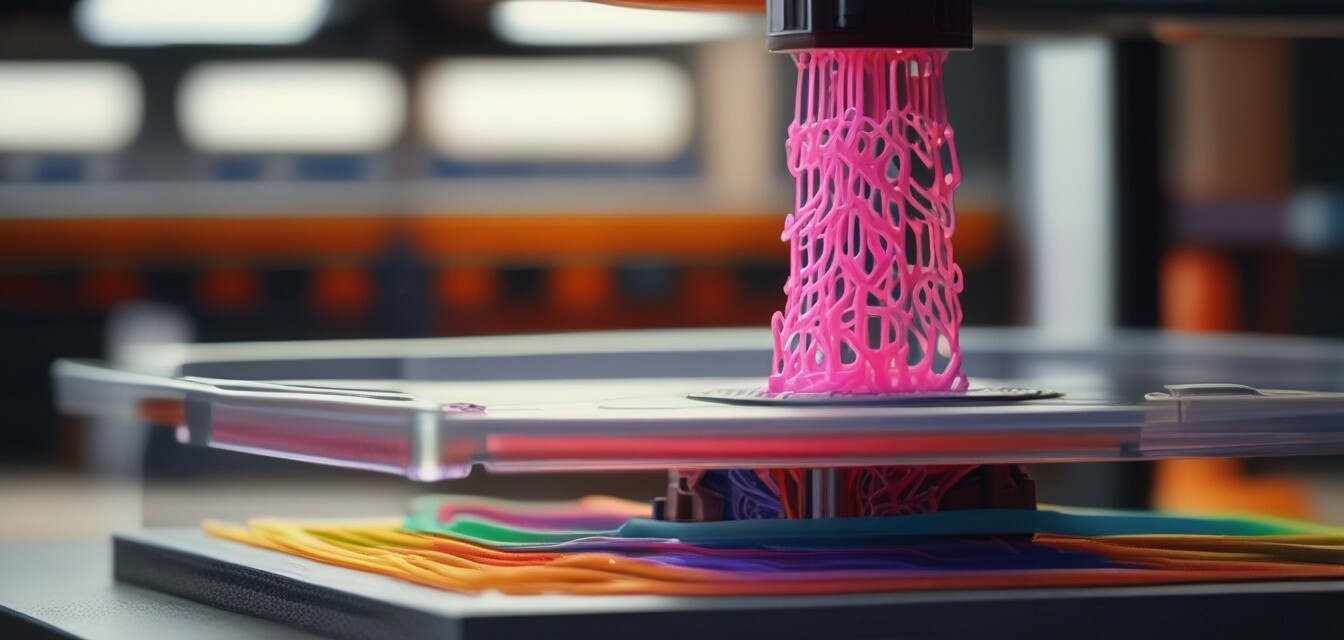
3D Printing Materials
Key Takeaways
- 3D printing materials vary widely in properties and applications.
- Common materials include PLA, ABS, PETG, and resin.
- Choosing the right material depends on the desired strength, flexibility, and finish.
- Understanding material properties can significantly impact your 3D printing outcomes.
- For further details, explore our guides on 3D printing kits & accessories and 3D scanners.
3D printing has revolutionized the way we create objects, from prototypes to final products. One of the most critical factors that influence the quality and characteristics of 3D-printed items is the material used. In this article, we will explore various 3D printing materials, their properties, and their applications.
Types of 3D Printing Materials
There are several types of materials used in 3D printing, each with its unique properties and uses. The main categories include:
| Material | Type | Properties | Applications |
|---|---|---|---|
| PLA | Filament | Biodegradable, easy to print, low warping | Prototyping, hobbyist projects |
| ABS | Filament | Strong, durable, resistant to high temperatures | Functional parts, automotive components |
| PETG | Filament | Flexible, strong, good layer adhesion | Food containers, mechanical parts |
| Resin | Liquid | High detail, smooth finish, brittle | Jewelry, miniatures, dental applications |
Understanding Material Properties
Each material has distinct properties that influence its performance in 3D printing. Here are some key properties to consider:
- Strength: The ability to withstand force without breaking.
- Flexibility: The material's ability to bend without breaking.
- Temperature resistance: How well the material can withstand heat.
- Finish: The surface quality and texture of the final print.
- Biodegradability: The material's ability to decompose naturally.
Choosing the Right Material for Your Project
When selecting the right material for your 3D printing project, consider the following factors:
Tips for Beginners
- Start with PLA for ease of use and low cost.
- Experiment with different materials as your skills improve.
- Check the specifications of your 3D printer for compatible materials.
- Understand the properties and best applications for each material.
Comparison of Popular 3D Printing Materials
| Material | Heat Resistance | Flexibility | Ease of Printing | Cost (per kg) |
|---|---|---|---|---|
| PLA | Low (60-70°C) | Low | Very Easy | $20 |
| ABS | High (100-110°C) | Medium | Moderate | $25 |
| PETG | Medium (70-80°C) | High | Easy | $30 |
| Resin | Low (50-60°C) | Low | Moderate | $50 |
Conclusion
Choosing the right 3D printing material can significantly impact the outcome of your projects. By understanding the properties and applications of various materials, you can make informed decisions that align with your project's requirements. For more information on enhancing your 3D printing experience, check out our sections on 3D printing kits & accessories and desktop 3D printers.
Pros
- Wide variety of materials available.
- Each material serves different applications.
- Growing market with evolving options.
- Easy to experiment with different filaments.
Cons
- Some materials can be expensive.
- Not all materials are compatible with every printer.
- Learning curve for selecting appropriate materials.
Further Reading
To expand your knowledge on 3D printing, consider exploring the following topics:




